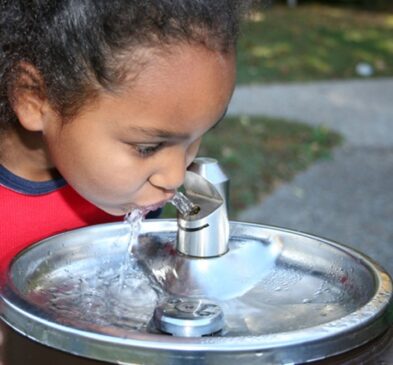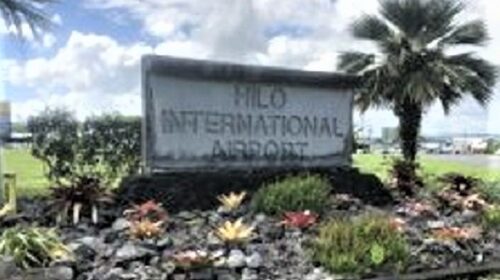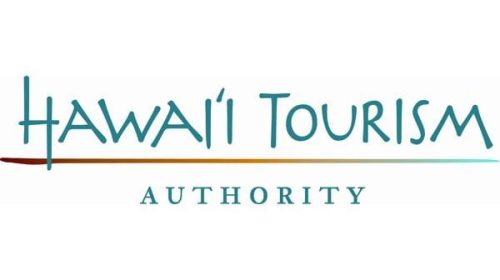Trace levels of contaminants detected in O‘ahu drinking water
Trace levels of the chemicals Dieldrin and Perfluoropentanoic acid (PFPeA) were detected in water samples collected at the Honolulu Board of Water Supply (BWS) Pearl City Shaft and Aina Koa Well I, respectively. Both drinking water sources are part of the Honolulu-Windward-Pearl Harbor water system. Drinking water from these sources remains safe, as the trace levels detected were far below health advisory limits.
Dieldrin is not regulated by the U.S. Environmental Protection Agency (EPA), and the DOH health advisory for dieldrin is 0.2 micrograms per liter (ug/L, or parts per billion). The detected levels in the Pearl City Shaft ranged from 0.0109 ug/L to 0.0121 ug/L. Dieldrin is an organic chemical once used as a pesticide for controlling ground termites and may occur in drinking water by leaching into groundwater.
PFPeA are part of a group of chemical substances known as Per- and Polyfluoroalkyl substances (PFAS). Perfluorooctanoic acid (PFOA) and Perfluorooctane sulfonate (PFOS) are currently the most studied PFAS chemicals. There are presently no EPA advisories specifically for PFPeA. In April 2021, the DOH established a drinking water environmental action level for PFPeA- of 0.80 ug/L. The PFPeA level confirmed at the Aina Koa Well I ranged from 0.002 ug/L to 0.003 ug/L.
According to the EPA, PFAS are fluorinated organic chemicals that have been used extensively in consumer products such as carpets, clothing, fabrics for furniture, paper packaging for food, and other materials (e.g., cookware) designed to be waterproof, stain-resistant, or non-stick. They have been used in fire-retarding foam and can be found in food packaging, consumer products, house dust, and drinking water.
“The trace levels of these chemicals are so small that they do not pose a public health threat, and the water from these wells is safe to drink,” said Kathleen Ho, deputy director for environmental health. “The Department of Health will continue to work together with the Honolulu Board of Water Supply to ensure tests for these chemicals continue. Such testing is conducted to ensure that everyone’s water is safe and public health is not compromised.”
The BWS has been sampling their wells in advance of monitoring for perfluoroalkyl substances that is expected to be required by the EPA in 2023. To date, the Honolulu-Windward-Pearl Harbor water system continues to be in full compliance with all federal and state standards for drinking water.




